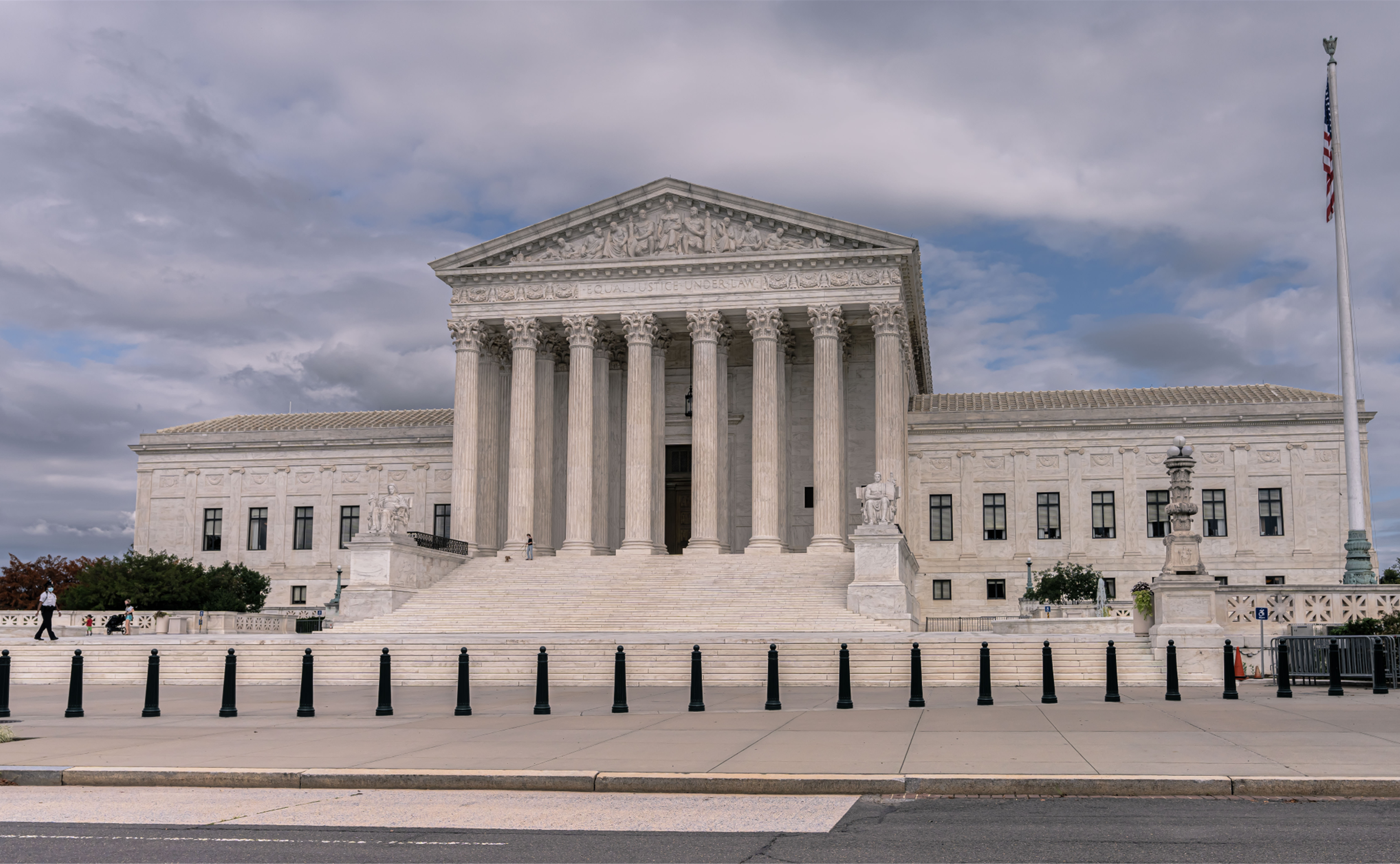Stalking is a social and public health emergency. Unfortunately, the Supreme Court’s ruling in Counterman v. Colorado makes things easier for abusers and harder for victims.
A form of gender-based violence, stalking affects more than 13 million people annually in the United States, most of them girls and women. One in 12 women and one in 45 men in the U.S. has been stalked, and these numbers are likely conservative.
Stalking victims report chronic anxiety, depression, physical ailments, and symptoms of posttraumatic stress disorder (PTSD). More than 80% of women who are stalked by an intimate partner are later physically assaulted by that partner.
Nearly 30 years ago, Congress passed anti-stalking legislation as part of the Violence Against Women Act. Updates in 2006 and 2013 included stalking via electronic means, which was beginning to proliferate.
Cyberstalking continues to rise. Among teens, the problem is becoming normalized, with some teenage girls believing that receipt of unwanted sexual images and texts is simply part of growing up female. Among college students, stalking comprises more than a quarter of all sexual victimization.
The facts in Counterman v. Colorado are uncontested.
Billy Raymond Counterman sent more than a thousand abusive messages to musician Coles Whelan over two years. He targeted her personal and public Facebook pages, with messages telling her to “die” and some referencing watching her in public. She blocked him numerous times, but he persisted. Whelan became so afraid of him that she canceled shows, grew increasingly reclusive, and slept with the lights on.
As any reasonable person would, Whelan felt threatened. She reported the stalking to the police. Counterman was charged, found guilty by a Colorado jury, and sentenced to jail. He appealed, suggesting that because of his diagnosed mental illness he did not understand that his messages would be seen as threatening.
A lower court upheld his conviction and he appealed again.
By a majority vote of 7-2, on June 27 the Supreme Court vacated the lower court’s ruling. It did not matter that Whelan felt threatened and proved she had legitimate reasons to feel this way. According to the majority ruling, if Counterman himself did not believe his words constituted a threat, then this was not a “true threat.” It was merely free speech.
The ruling is devastating. Many victims may now wonder whether their own stalkers will be emboldened to continue terrorizing them. The ruling also further burdens victims, who must not only prove they have valid reasons to feel threatened, but must now also produce evidence that perpetrators are aware of the impact of their words and actions.
Under federal and many state laws, three basic features must exist for behavior to qualify as stalking: intent to cause harm (intimidation, harassment, injury, murder); a pattern of behavior; and severity leading to substantial emotional distress or fear for safety.
This ruling overcorrected. Our legislative and judicial systems have acknowledged through statute that, given the dynamics of gender-based violence and harassment, the absence of intent to harm is not singularly exculpatory.
For example, absence of intent to cause harm is immaterial for something to be deemed workplace sexual harassment. Likewise, words and actions that cause someone to fear for their safety if they do not consent to sex are not protected speech, even if the perpetrator truly believes that they were simply engaging in seduction. Under the law, rape is rape whether the perpetrator personally defines it that way or not.
In Counterman v. Colorado, the Supreme Court majority could have separated intent from impact, as has been rightfully done in other gender-based violence legislation. Instead, they missed a critical opportunity to strengthen protections against stalking that increasingly occurs online.
Repeatedly sending someone unwanted social media messages containing threatening language and admissions of surreptitiously watching them is not an exercise in free speech, even if the sender believes that behavior is benign and acceptable. It is cyberstalking.
In failing to apply a survivor-informed lens to this decision, the court has failed victims, empowered abusers, and set in motion a return to pre-VAWA days of minimizing and dismissing abusive behavior.
Monica J. Casper, Ph.D. is a professor of sociology and Special Assistant to the President on Gender-Based Violence at San Diego State University. Elise C. Lopez, DrPH, MPH is Director of the Consortium on Gender-Based Violence at the University of Arizona.
Header Photo by Adam Michael Szuscik on Unsplash.

